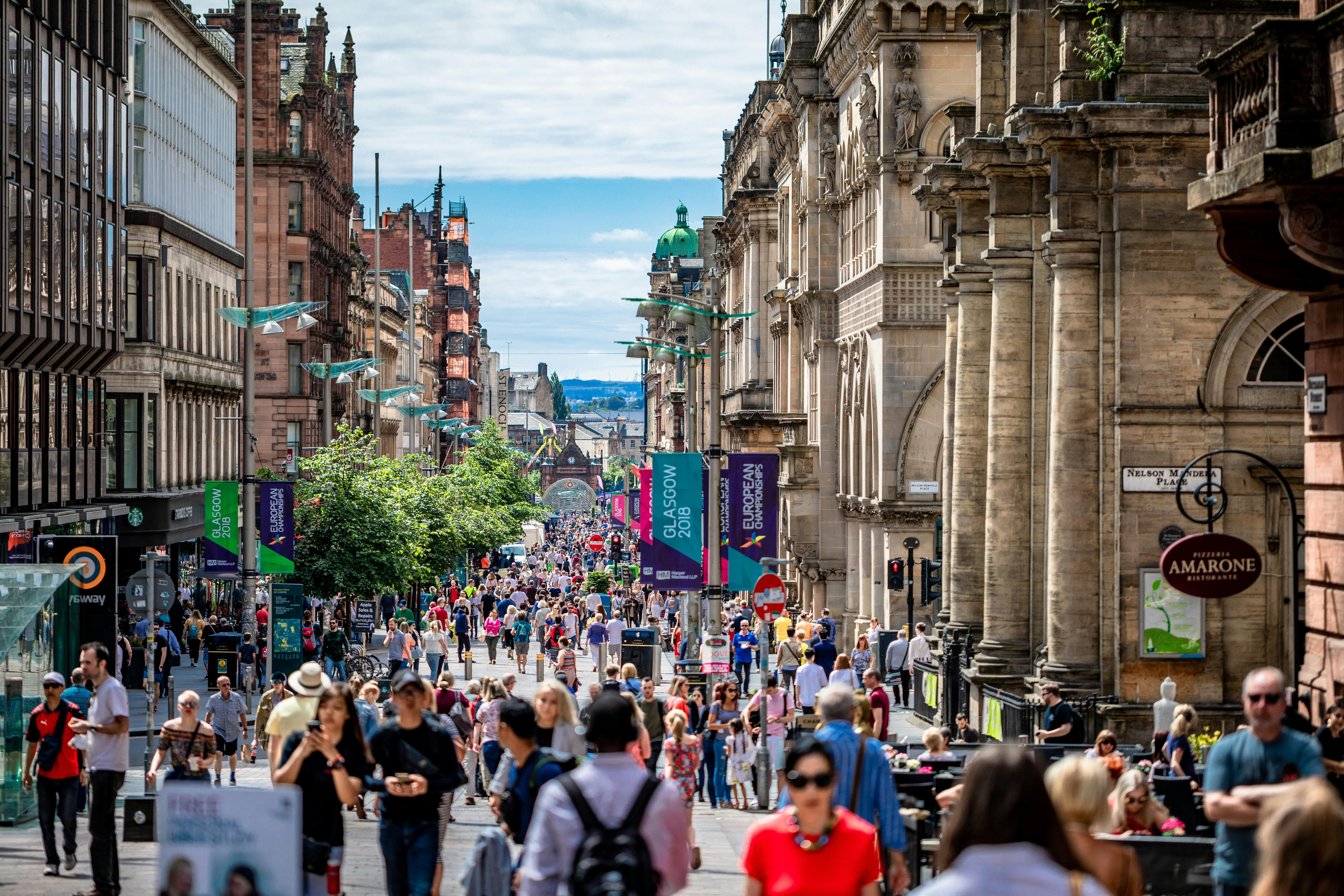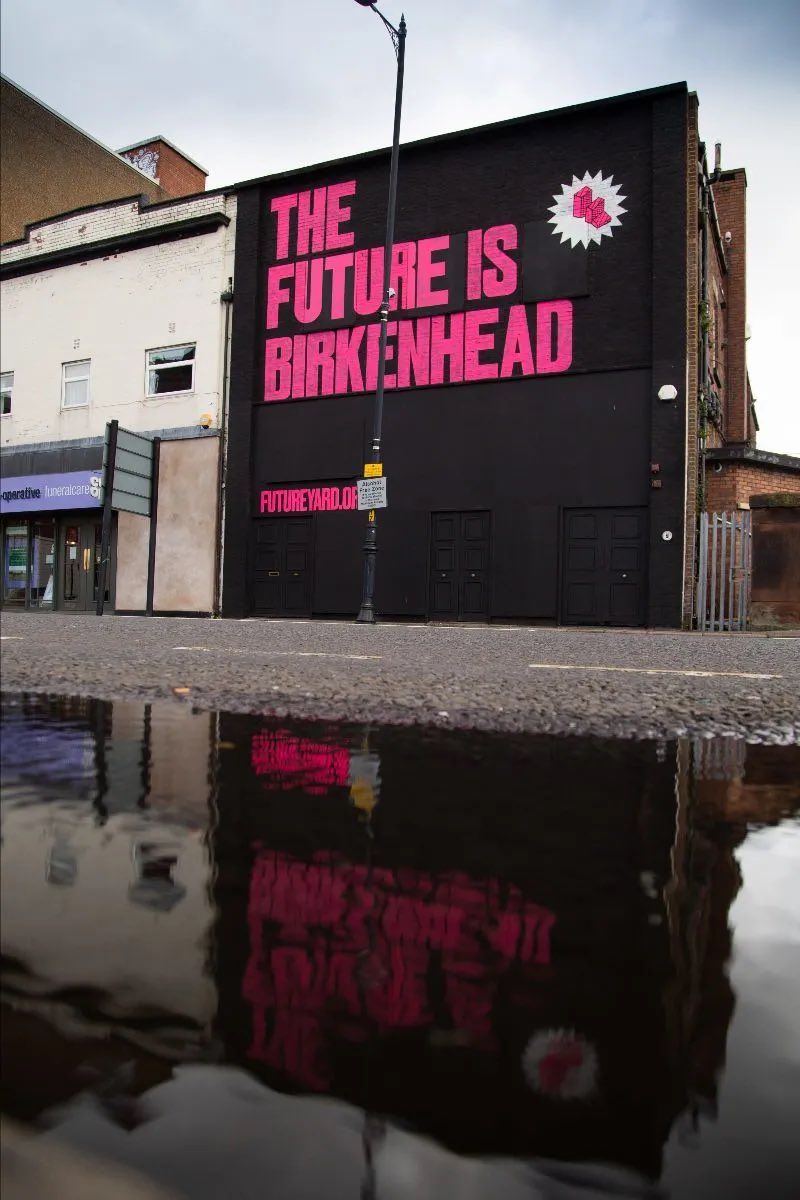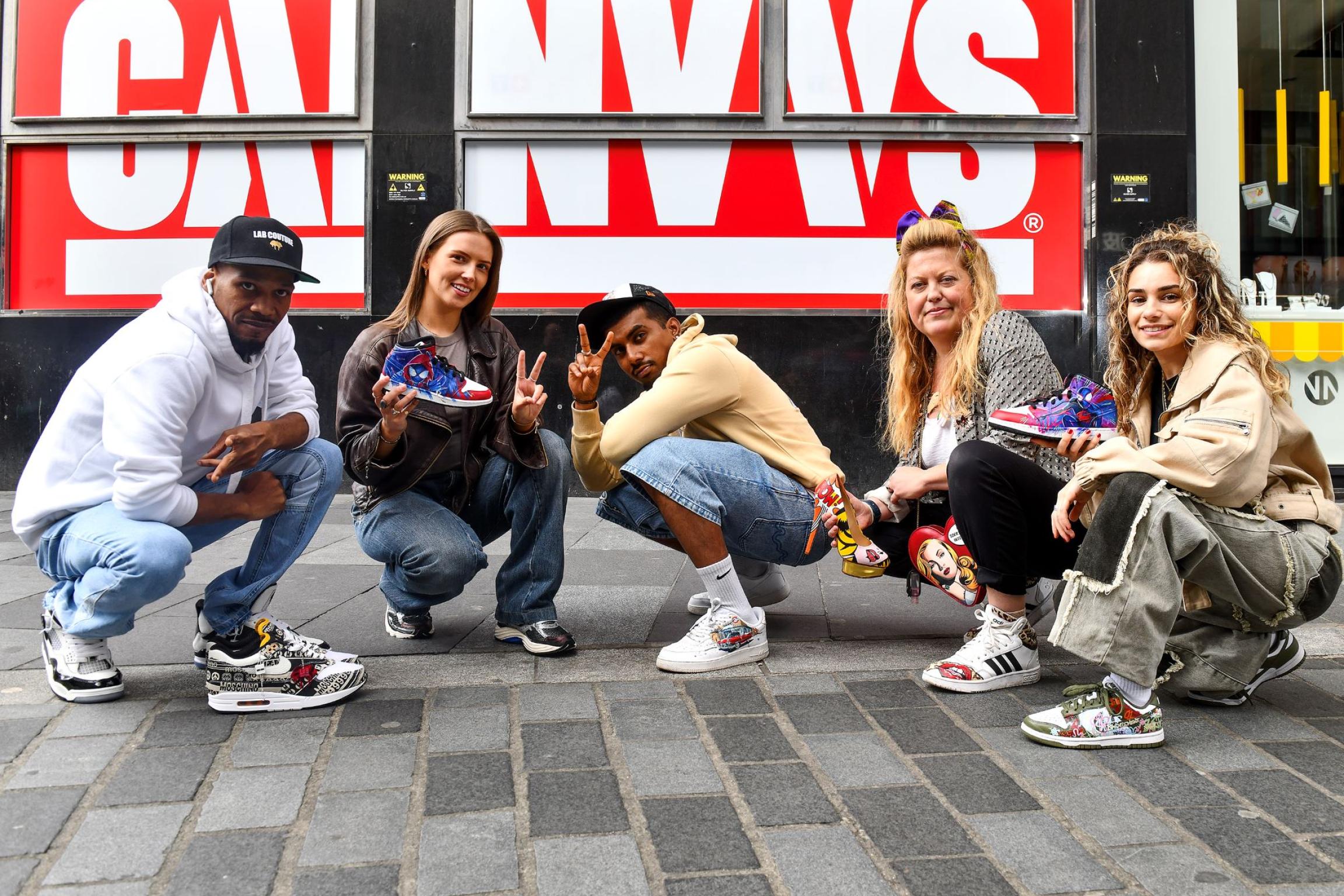
23 October 2025
Regeneration VS Gentrification: High Street Revitalisation Done Right

In recent years high streets have faced a challenging set of circumstances leading to a need for occupiers and councils to refresh and innovate their offer to customers. As social value consultants, we have seen an increase in demand for our services as business-owners seek to demonstrate the value of a physical high street presence and independent businesses.
This has led us to work on exciting place-based impact projects with clients such as a-r-c-s on their iconic Lower Stable Street, home to exclusively independent brands in the heart of Kings Cross, the Building Society Association, whose members continuing to demonstrate the importance of in-person facilities in the face of increasing digitisation of financial services, Westminster City Council on its Meanwhile On project that works with landlords and emerging brands to utilise vacant or underused spaces and KERB on the social impact evaluation of its street food business.
Through our research, we have found a plethora of wellbeing benefits to having a physical presence on a local high street (for both the business and local community). Not only do high street spaces allow us to reach vulnerable people, they help us to build social connections, develop vibrant community hubs, enhance local identity and provide economic stimulation for other businesses in the area.
The evidence we have gathered supports the fact that regeneration of the local high street can be an amazing thing for businesses and residents in a local area. That being said, if it’s not done right, i.e. led and co-designed by and for the local community, there is the potential for regeneration to turn into gentrification and push local people out.
In this blog, we discuss how the social value of regeneration can be harnessed to benefit local residents, instead of leading to gentrification at the expense of the very locals people that initiated it.
Regeneration VS Gentrification
Regeneration is the overall process of renewing a declining area by improving its physical, economic, and social conditions, often aiming to benefit existing communities. Gentrification is a specific, often negative, aspect of this process where wealthier individuals move into a neighborhood, causing physical and cultural changes, displacement of lower-income residents, and increased living costs. While regeneration focuses on holistic revitalisation, gentrification is characterised by displacement and the homogenisation of a neighborhood to a middle-class standard (and price-tag).
High Street Revitalisation Done Right
Regeneration is characterised by improvements in infrastructure, quality of life for residents and inclusive economic growth. The benefits are felt by the whole community, creating space and infrastructure for a range of residents. By regenerating a high street, it becomes more socially inclusive, with an offering catered to everybody and social benefits felt by everybody.
The bustling high street, where residents would shop, bank, eat and drink, remains the enduring image of the British town. With digitisation of goods and services, plus a decline in the economy and increasing cost of living crisis, high streets are now struggling - making it harder to attract retailers, service providers and shoppers. This has a real human cost, with high-streets losing spaces that act as vital community hubs for residents, reducing social integration and weakening community identity. In the UK, high-street regeneration may look like re-introducing a mix of retailers, service-providers and food and beverage units that are affordable for local people to both trade and shop.

There remains hope for the high streets future – across the UK, communities are taking regeneration into their own hands, and taking back ownership of their high streets. Community groups and forward-thinking individuals are reclaiming key assets and opening them up in a way that is socially inclusive and open to all. In some areas, a tired high street has presented new opportunities: affordable rent, business rate relief and ambition to create change.
In Birkenhead, local music industry professionals spotted an opportunity for a live music venue in the declining town centre. In 2021, Future Yard CIC was opened, which has since become a highly popular venue in the region; as well as a live industry training and regional hub for artist development. It also holds the distinction of being the first carbon-neutral grassroots music venue in the North of England, proving that the incredible social impacts it brings do not have to come at a cost to the planet. The success of the venue has had an powerful knock-on effect on the surrounding town centre, with organisations such as Make CIC and Make it Happen Birkenhead establishing premises on the same street not long after.
In the capital city, Westminster Council has been activating vacant spaces in iconic high streets, such as Oxford Street, Bond Street and Regent Street, by introducing a mixture of retail, community and cultural experiences. To encourage landlords and retailers to fill the vacant spaces, Westminster City Council offers over 70% business rate relief, support with store design and fit-out, operational support and mentoring. Currently, retailers including By Rotation, Known Source and Style of Our Own are all in the area. Support from the Local Authority has enabled independent businesses to grow their consumer base, their product offering, their professional skills and their revenue whilst rejuvenating the high streets as interesting interactive places to visit.

How can Developers and Local Authorities Protect High Streets from Gentrification?
With the right support, community-led businesses could play a vital role in in revitalising high streets up and down the country. If local and national policy can help make space for independent ventures to grow, we can rebuild vibrant and sustainable town centres that are deeply connected to the people who use them. Interventions such as the Community Right to Buy, the Community Ownership Fund, British High Street Investment Vehicle, and Business Rates Relief, will support grass-roots regeneration and enable high street revitalisation to be community-led, socially inclusive and economically inclusive. It will empower individuals and community groups to come forward and take on vacant or underused assets, as well as ensure that growth is sustainable and affordable for the people making it happen.
